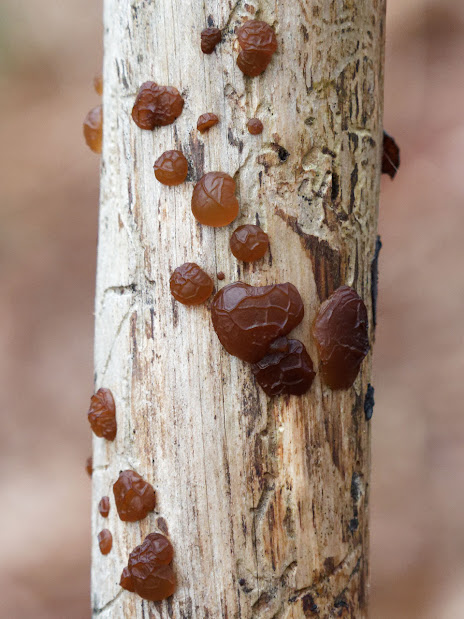Despite the fresh north-easterly wind a beautiful day with almost clear skies throughout, out of the wind it was quite warm. We walked clockwise around the marsh for two reasons – getting the wind behind our backs and the sun behind us. Along Normandy Lane there were two Grey Herons on the fresh marsh as well as a singing Chiffchaff in the hedgerow trees. A Jay flew over the road a couple of times.
On the salt marsh we saw a couple of Bar-tailed Godwits and a flock of Grey Plover. Identification was tricky as they were all facing into the wind and most had their backs to us. It was clear on the marsh that most of the winter duck/geese had departed leaving a couple of stray Brent Geese and a pair of Wigeon. A surprise was a pair of Egyptian Geese.
Bar-tailed Godwit © Kevin Tubb
There were several pairs of Avocets and some Lapwings nesting in the SE corner of the marsh. Other waders included Oystercatcher, Redshank, Greenshank, Turnstone, Ringed Plover, Black-tailed Godwit, Bar-tailed Godwit, Spotted Redshank. The Bar-tailed Godwits showed nicely and the flight pattern, distinct from Black-tailed Godwit, could be seen well when 3 birds flew in from the sea. The slightly different bill structure could be seen. The Spotted Redshank was almost in breeding plumage.
A few Mediterranean Gulls were seen in flight and it was good to see some terns –fly by Sandwich Terns, a couple of Common Terns on the marsh and a Little Tern was heard but not seen. We saw a couple of Meadow Pipits performing their parachuting display flight.
While surveying the marsh a pair of 2nd calendar year Spoonbills came in from the west, circled around a few times and then landed on the marsh. A few minutes later a Raven flew over being hassled by a couple crows. There were a couple of Linnets on the little mounds on the marsh – they’ve been absent this winter and have only recently re-appeared. With the wind warblers were more difficult to see - Cetti’s Warbler (heard), Reed Warbler, Blackcap (female) and Whitethroat were noted at various places on the walk.
 |
| Shining Cranesbill © Richard Smith |
KTAt the house by 8-Acre
Pond was a suntrap. Within a few seconds Brimstone, Peacock, Speckled Wood and
a Holly Blue appeared. Flowering plants
noted included: Cuckooflower, Shining Cranesbill, Cow Parsley, Common
Ramping-fumitory and Bulbous Buttercup. KT












